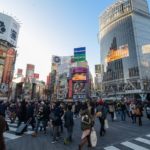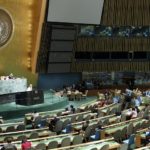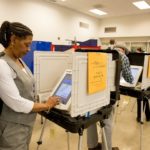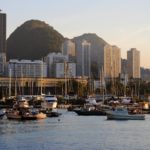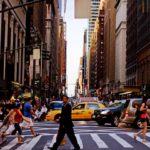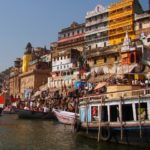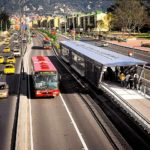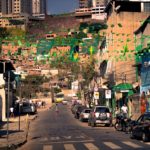Search Results
When the March 11, 2011 earthquake in Japan caused a series of energy shortages throughout the country, the national government recommended that office buildings cut back on air conditioning during the summer months in order to reduce power usage. Through ...

According to the UNEP, an estimated 1 billion people are exposed to outdoor air pollution annually, out of which roughly 1 million die premature deaths. To improve air quality and decrease urban congestion, cities across the world are getting creative: ...

This weekend, from September 25 – 27, more than 150 world leaders will convene in New York City for the United Nations Sustainable Development Summit to develop the new sustainable development goals (SDGs). This agreement will serve as the foundation ...

When I was a kid growing up in Brazil, all governments in Latin America were right-wing military dictatorships. Today they are all center-left wing democracies—seemingly representing extraordinary progress. However, socio-economic indicators and trust in government have hardly improved. In the ...

How do we make cities work for people? As a WRI Helms Fellow on Urban Governance and Sustainable Cities, Maria Antonia Tigre was tasked with answering this question. Through From ideas to implementation: making sustainable cities through governance here on ...

There are many tools that cities can use to achieve sustainable development; however, one finite resource that will be perpetually limited is space—a necessity for new roads, infrastructure, homes and buildings. Regardless of what initiatives are set in place, as ...

In an appeal to scrap the current BRT corridor in Delhi, Saurabh Bharadwaj, former transport minister said: “The stretch on which this BRT has been made was not the best choice. For one, the bus lanes are in the middle ...

On Monday, the Obama administration unveiled the “Smart Cities” Initiative for the United States, which recognizes cities as engines of growth and innovation and aims to address local challenges to improve the lives of the country’s growing urban population. The ...

India is undergoing rapid urbanization: within fifteen years, about 600 million Indians will live in urban areas. Given that cities practically run on water, India must find a way to route clean, reliable water supplies to its citizens, helping meet their needs for ...

Public transport is essential for a city to function. However, cities in the Global South often encounter financial and planning challenges when developing public transport systems due to the cost and complexity of design and implementation. For example, bus rapid ...

Today marked the second and final day of the Cities & Transport International Congress in Rio de Janeiro, Brazil, where more than 1,000 participants and 130 speakers gathered to share their experiences and ideas on how to forge sustainable cities. ...

Home to billions of people, cities are often the source of our most urgent problems–but they’re also where we find some of the most promising solutions for the urban century ahead. Today, over a thousand people and 130 speakers gathered ...

“Something is happening in cities. Every day, 1.4 million people are added to the global urban population.” With these words, Andrew Steer, President and CEO of World Resources Institute (WRI), kicked off the Mayors’ Summit today in Rio de Janeiro, ...

Andrew Steer, WRI’s President and CEO, is in Brazil for the Mayor’s Summit and Congress this week. Here he answers four questions about the event and his expectations for it. 1. More than half of world’s population now lives in ...

How do we make cities work for people? As a WRI Helms Fellow on Urban Governance and Sustainable Cities, Maria Antonia Tigre was tasked with answering this question. Through From ideas to implementation: making sustainable cities through governance here on ...

Page 68 of 228« First...1020...676869...8090...Last »
 Phil
Great article! A lot of what I have read here, has already been implemented in cities in the Netherlands, with Denmark the two bicycle countries par...
Phil
Great article! A lot of what I have read here, has already been implemented in cities in the Netherlands, with Denmark the two bicycle countries par...
 Bobby Salvin
I understand why some people wish mobility and GDP weren't connected, but it's wishful thinking. During the pandemic, for instance, when the economy...
Bobby Salvin
I understand why some people wish mobility and GDP weren't connected, but it's wishful thinking. During the pandemic, for instance, when the economy...
 Peace
Let me understand your Position -
We need to make our streets and public spaces dangerous and inhospitable so the disabled and infirm are forced to...
Peace
Let me understand your Position -
We need to make our streets and public spaces dangerous and inhospitable so the disabled and infirm are forced to...





